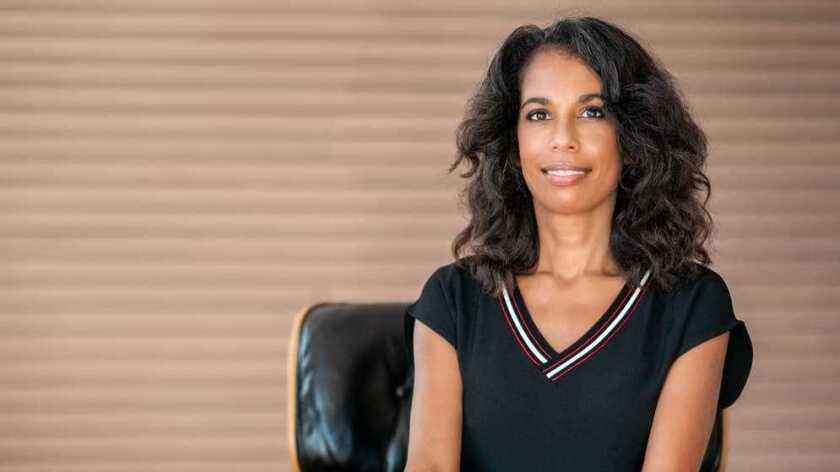New to the role of head of CSR and D&I at Orange, Elizabeth Tchoungui, a former journalist with more than 20 years’ experience in media, says she has always held a strong commitment to things such as gender equality, cultural diversity, neurodiversity and all-round social equality, all of which led her to Orange.
Forming part of its overall CSR policy are the company’s inclusion policies, all of which are integrated into all areas of Orange’s operations.
“CSR is really part of our daily lives,” says Tchoungui. “It’s reflected across all business lines, strategy and management processes, and all employees play an active role, because our deepest conviction is that there is no economic performance without social and environmental stability.”
According to the company’s Engage 2025 strategic plan, there are two significant CSR pledges. The first is “a commitment to the planet, with the aim to be net zero-carbon by 2040” and the second is a commitment to digital policy.
“These two commitments go along with a genuine diverse and inclusive approach at Orange,” says Tchoungui.
One of the biggest sticking points of CSR, particularly sustainability, is ensuring compliance across the board, especially in its supply chain, a challenge that Tchoungui “deals with every day”; but first things first: “You have to measure”.
“So, we are working on our scope 3 emissions assessments with independent partners such as Carbone 4 and all their recognised international methods.”
The group is also working with JAC (Joint Audit Co-operation) and with the GSMA to “share the best practice for the evolution of scope 3, define the needs of their operators in such things as refurbished equipment and engage the suppliers to evaluate and reduce their emissions to respect these ambitions”.
For the D&I part of its strategy, Tchoungui says that gender equality is one of the main streams Orange is focusing on. “Only 24% of technical roles worldwide are filled by a woman, and the number of women in technical training is in decline.”
The company is fighting back through such projects as its Hello Woman initiative, a programme to boost women’s opportunities in tech, with four main objectives: first, to raise awareness of tech jobs among young girls and students; second, to attract more women into technical professions; third, to convert more women into these sectors; last, to retain more women in technical fields.
Another goal – not as often spoken about – is that of physical diversity and neurodiversity, and to establish ways to best support different groups in the workplace. Over at Orange, Tchoungui says, roughly 6.5% of its employees in France have disabilities, and their fair and equitable inclusion is part of the company’s manifesto and working ethos.
Neurodiversity is a subject close to Tchoungui’s heart as her eldest son is autistic. She wants us all to remember that those who think differently often possess a superpower of sorts.
“I know the potential all employees with autism possess,” she says. “We strongly believe that people with autism have a lot to contribute to digital technology, because sometimes they have specific skills that that neurotypical person doesn’t have. So that’s why we at Orange created a specific programme for the employment of people with autism, with a desire to increase recruitment opportunities for Orange.”
Support during the pandemic has been crucial for Tchoungui and her team. As for many of us, remote working and distanced learning became a reality for most Orange employees, but other measures taken include enabling workers to take extra days off work to help look after the children and loved ones.
The company set up video conference calls with a sign language translator and “encouraged employees to use those transparent masks to enable those with varying disabilities to still be able to communicate,” says Tchoungui.
With these bold plans in motion, it is important to remember that technology – and, more importantly, digital – is part of the solution.
“At Orange Business Services we try to present customers with solutions for digital transformation and energy efficiency, as well as things such as smart city technology. In addition, through things like increased video conferencing and less travel, we are cutting down on emissions.”
But even on the diversity and inclusion side, she says, digital plays its part, pointing to tech from Orange Innovation designed to support those with specific needs or the benefits of closing the digital divide, such as knowledge sharing and access to opportunities.
“We believe that technological progress will be socially accepted and accessible to all. That’s why we are setting those commitments in the long term – to the planet and digital equality.”









